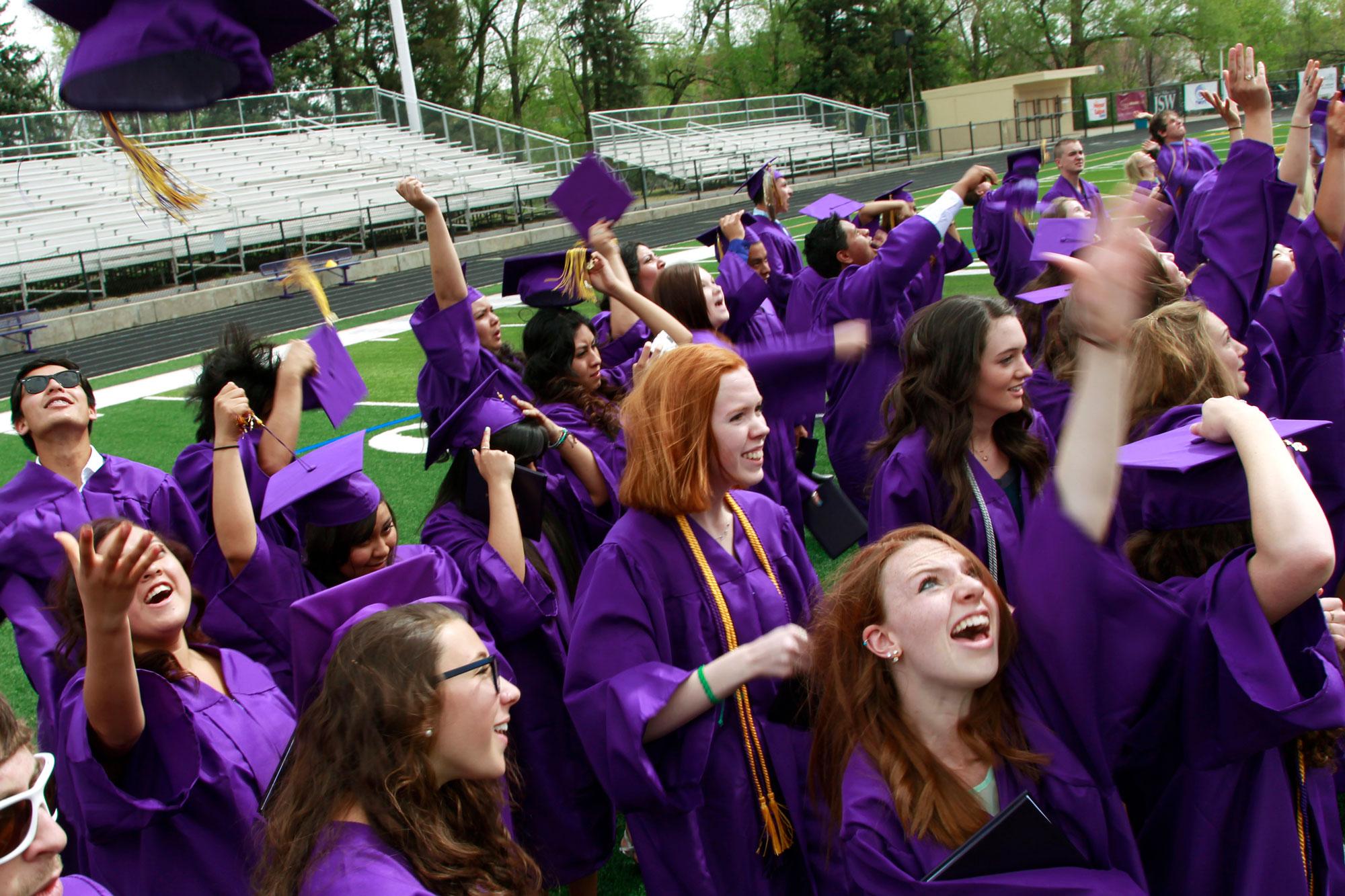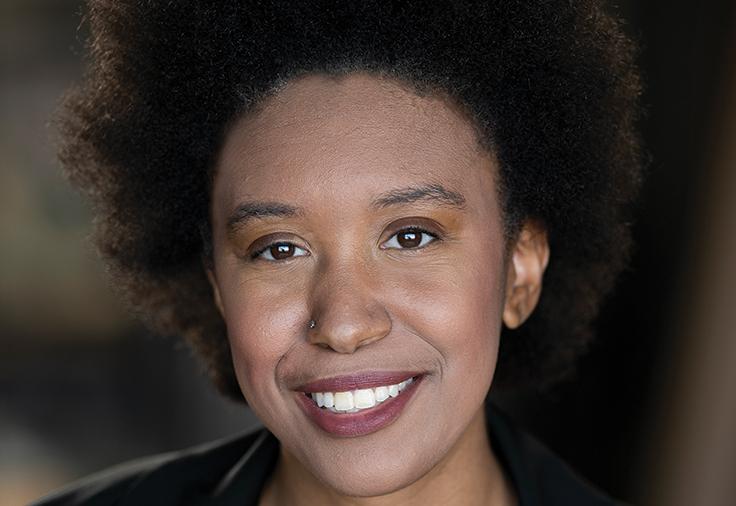
Colorado's class of 2019 may not have known it, but they were celebrating more than their own matriculations when they tossed those caps last spring.
Last year marked an 81.1 percent four-year graduation rate for the state — the highest rate in the last nine years, according to the Colorado Department of Education.
Colorado’s graduation rate has increased by 8.7 percentage points since 2010. Extended-year rates — when a student has spent five, six or seven years in school before graduating — have also steadily increased.
A big reason for the graduation boost is a policy Colorado lawmakers passed last year. Now, students who participate in ASCENT and P-TECH programs can be counted as graduates in the year they complete all their local graduation requirements. That change resulted in a 0.8 percentage point increase in graduation rates for both the classes of 2018 and 2019.
ASCENT lets eligible students stay enrolled in their district for an extra year while they complete classes at an institution of higher education. P-TECH allows schools to partner with an employer in a high-growth industry so students can earn an associate’s degree.
High still was Colorado's high school completion rate, which combines all graduates that have a certificate, a designation of high school completion or a High School Equivalency Diploma (HSED). That rate had a 0.4 percentage point increase from last year at 82.9 percent.
Andrew Tucker, the director of postsecondary and workforce readiness at the Colorado Department of Education, said creating more ways for students to get high school credit is what is driving the rate increase.
“If schools begin to build different pathways for students to graduate, they’ll see increased engagement and thus, increased higher graduation rates,” Tucker said.
Those new routes include opportunities such as getting credit for apprenticeships and internships. Nearly all Colorado schools offer more than one way to graduate, and 149 of the 178 Colorado school districts offer three or more pathways.
High school drop-out rates have also decreased. The 2018-19 school year had a 2 percent drop-out rate statewide, a 0.2 decrease compared to the previous year. Most districts — 83 percent — reported drop-out rates at or below the state’s 2 percent rate. A little under half — 43 percent — had 2018-19 drop out rates lower than the previous school year's.
Renard Simmons is the principal for the Denver Center for 21st-Century Learning at Wyman, also known as DC-21. One way Simmons tries to ensure that his students graduate is to cater to their needs outside of academics.
“We believe in a whole-child focus,” Simmons said. “Academics are really critical but that’s just half of it. [That means] providing food if needed for families, looking for jobs for scholars, helping parents and/or families…[We] really emphasize a holistic approach.”
DC-21 has a team designed to help both students and their families get employment opportunities, Simmons said.
But when focusing on just minority students, the numbers show a different picture. Asian students have the highest graduation rate at 89.9 percent, a slight decrease from 2017-2018. To compare, white children have an 85.9 percent rate, at a 0.6 increase compared to the previous year.
Native Hawaiian and Pacific Islander students graduate at a 76 percent rate, and Black and Hispanic students trail slightly behind at about 74 percent. For Native Hawaiian, Pacific Islanders and Hispanic students, that’s an increase from last year. But for Black students, that rate didn’t change at all.
American Indian students have a 64.9 percent graduation rate, a 3.6 decrease from last year.
Female students have a slightly higher rate compared to their male counterparts — 84.8 percent to 77.6 percent. Both genders saw a moderate increase compared to last year, less than one percentage point each. The dropout rate for boys is 2.3 percent, versus 1.7 percent for girls.
Those gaps haven't gone unnoticed by educations.
"We do see higher drop-out rates with many of our minority students, particularly minority males, and so that is one area of focus," Tucker said.








